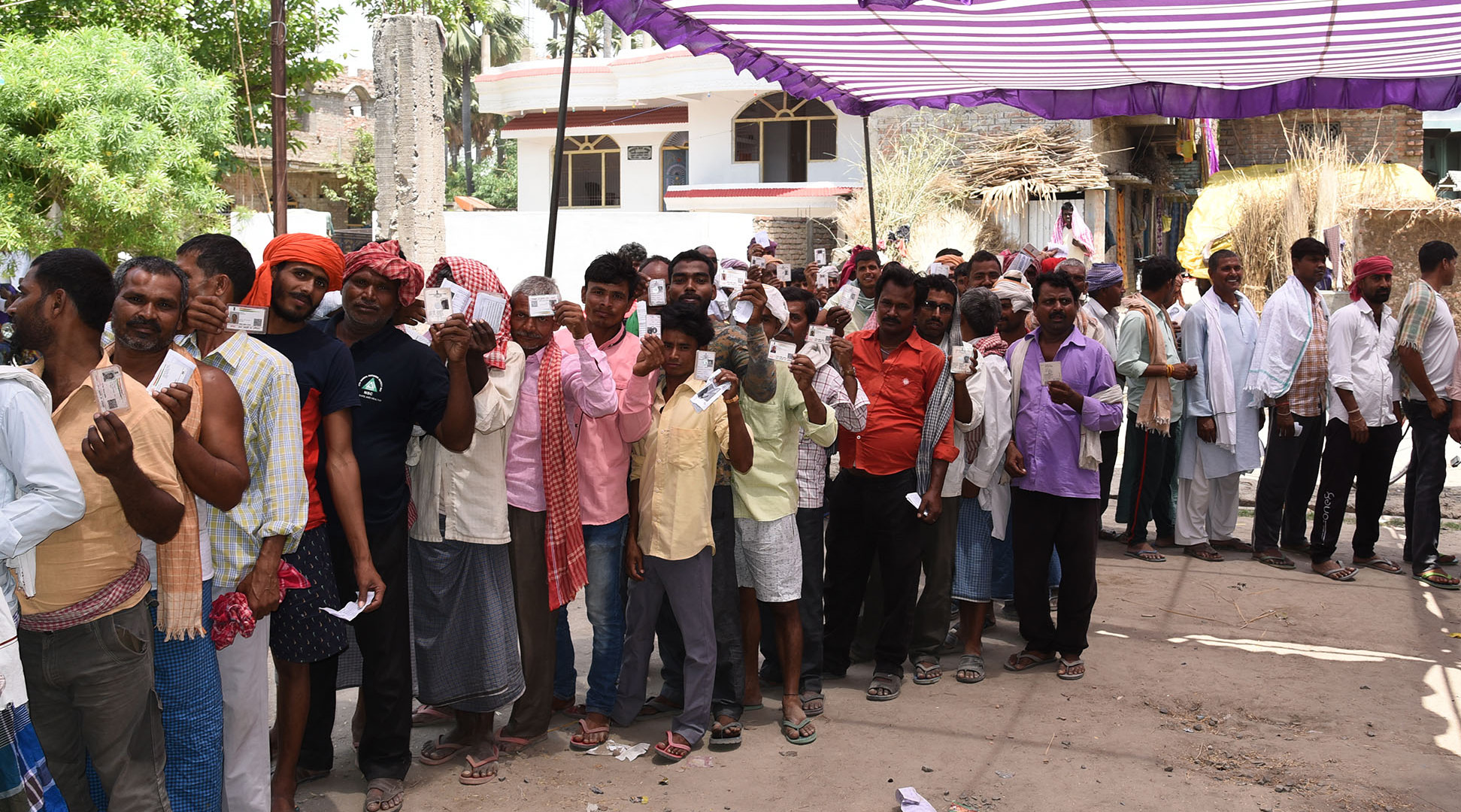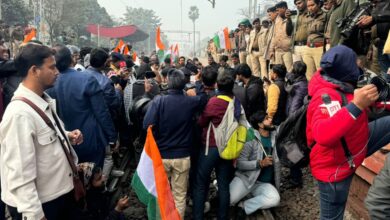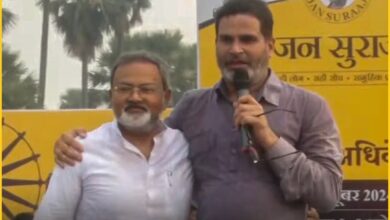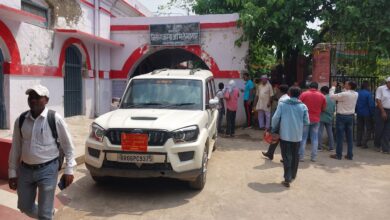Caste census is the Queen’s Gambit of INDIA bloc against BJP-led NDA for 2024 Lok Sabha poll
The last time, a headcount of all castes was undertaken, was way back in 1931

The Nitish Kumar government in Bihar might have played a major card by publishing the Bihar Caste Census on Gandhi Jayanti, also months ahead of the crucial assembly polls to be held in Rajasthan, Madhya Pradesh, Telangana, Chhattisgarh. Not to forget the 2024 Lok Sabha Elections!
Amid opposition from the Bhartiya Janata Party (BJP)-led National Democratic Alliance (NDA)’s to the caste-based census, Nitish Kumar’s decision to publish the survey may have been the checkmate of the Opposition INDIA bloc towards NDA ahead of the 2024 polls.
History of Caste Census in India
The caste-based survey was ordered last year after the Narendra Modi government at the Centre made it clear that it would not be able to undertake a headcount of castes other than SCs and STs as part of the census.
The last time, a headcount of all castes was undertaken, was way back in 1931.
Notably, the caste-based census was favored by both BJP and Congress when they were in opposition but rejected or never published when either came to power.
Caste vs religion
The last time a wave of caste politics was able to challenge the BJP brand’s Hindu polarisation was when Lalu Prasad Yadav was the Chief Minister of Bihar. Championing himself as the leader of the OBCs, Lalu Yadav had even stopped the chariot of Lal Krishna Advani that was headed for Ayodhya, winning the hearts of the Muslim residents of the state.
Will the caste-based census from Bihar be the Perseus’ Sword, Harpe, against BJP’s attempt at the ‘perfect’ concocted run towards a third consecutive term in Central office, but also the Rashtriya Swayamsevak Sangh’s (RSS) Hindutva project in its centenary year of 2025?
Need for Caste Census
Those calling for a fresh caste survey insist that a new estimate was required mainly for the weaker sections of the society which, with improved life expectancy in the post-independence era, must have seen a rise in their proportion of the population.
The increasing demand for caste census aims to provide a clearer picture of the non-upper-caste communities, Other Backward Classes, and Extremely Backward Classes.
At present, the Supreme Court-mandated reservation is at 50%. However, states like Tamil Nadu, Haryana, and Chhattisgarh have passed laws to exceed the mark. India’s existing caste census data is from 1951 to 2011, which have only documented Scheduled Castes and Scheduled Tribes.
A look at the Bihar caste-based census shows that Extremely Backward Classes (36 per cent) are the largest social segment in Bihar’s population, followed by Other Backward Classes at 27.13 per cent. Together they constitute 63 per cent of the state’s 13.07 crore total population.
Queen’s Gambit in the INDIA vs NDA
The saffron party has repeatedly argued that the caste census will rekindle feelings of divisiveness. Prime Minister Narendra Modi at all his election rallies has been calling the UPA government a failure and harped on the fact that the ‘previous government’ wants to divide society on the basis of caste.
However, such an argument also reveals the tendency of the mainstream narrative to be caste blind. BJP’s attempt to paint a picture of unity amongst all caste communities under the umbrella of Hinduism has a direct link to its sectarian agenda, which in turn aims at polarization, a religion-based polaristaion that was perpetrated by the British colonisers, notably an image the Modi’s brand of governance has been trying to shed since 2014.
A caste census would also better analyze the economic disparity in the context of caste identities. There is no documented data on the OBC population in India. Without reliable data, it is impossible to have specific affirmative action policies.
BJP’s electoral politics include the OBS as an operative to outhouse the image of exclusivity of the upper caste and upper-class Hindus. The Nitish Kumar government and the Opposition INDIA bloc’s attempt at large has been to draw out this OBC vote bank from the caste blind BJP’s politics.
Bihar’s chief minister Nitish Kumar had made a big strategic maneuver by breaking Janata Dal (United)’s alliance with the BJP in August 2022 and forming a coalition government along with Lalu Prasad Yadav’s Rashtriya Janata Dal (RJD), an indication of a shifting political stance.
A look back at the political scenario in 1990s would limn a situation much like 2023. In the 1990s politics in North India was a battle between Mandal and Kamandal – those who backed reservations that resulted from the Mandal Commission Report, and those who supported Hindutva politics that was symbolized by the Kanmandal (water pots used by Hindu seers).
The Socio-Economic and Caste Census (SECC) 2011, the first caste-based census since the 1931 Census of India, was conducted under the Congress-led UPA government.
Over the years, BJP weakened the vote bank of caste-based organizations and political parties that emerged owing to caste census and the need for better representation of all castes and brought them into the saffron party’s folder.
Dissent against Hindutva brand of electoral politics
However, increasing dissent among NDA members has also surfaced in recent years.
In a daring reworking of its political strategy, Uddhav Thackeray’s Shiv Sena parted ways with the BJP in 2019 to join hands with the Congress and Nationalist Congress Party. Thackeray has been attempting to rework the ideologies of his Shiv Sena as flag-bearers of the 17th-century Maratha warrior king’s mawlas – the soldiers who largely belonged to Hinduism’s lower castes. This an indication that Uddhav, now part of the Opposition INDIA bloc, has decidedly divorced from BJP’s upper-caste-centric Hindutva
Further south, Dravida Munnetra Kazhagam (DMK) is championing Periyar’s Dravidian brand of politics whose historical antipathy to mainstream Hindu socio-religious discourse is its bedrock. The AIADMK also broke away from the alliance with Hindu parties citing insult to their party stalwarts.
Notably, the push for a caste-based census came to fruition in Bihar, but the Samajwadi Party in Uttar Pradesh has also been insisting on a similar survey for the state.
The caste-based census might eventually for the campaign tagline for the BJP and the INDIA bloc, but it is a social necessity that draws far beyond electoral politics.
(Author: Sayantani Biswas | Source: livemint.com)




